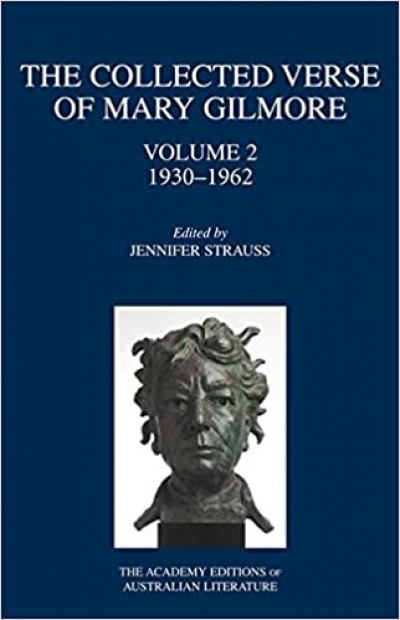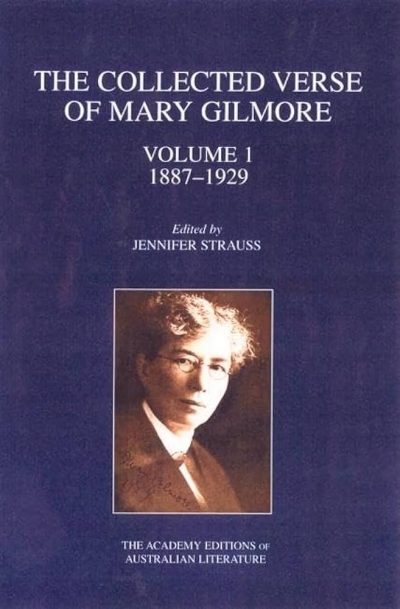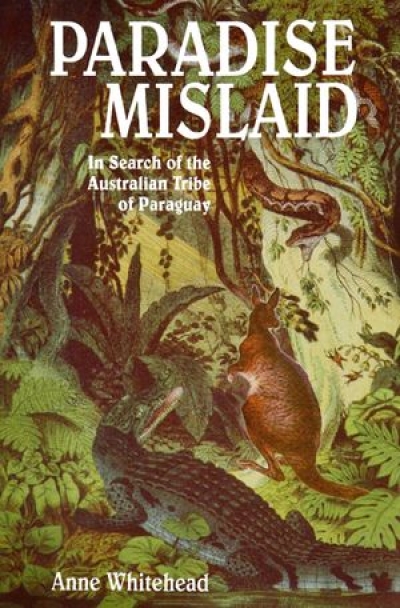Mary Gilmore is one of the most acclaimed figures in Australian writing. A cultural icon, she appears in important paintings and sculptures and on postage stamps, not to mention the ten-dollar note. Her biography has been published, her letters collected, and now the first volume of her complete poems, edited by Jennifer Strauss, has appeared in the prestigious Academy Editions of Australian Literature. No other Australian poet except Henry Lawson has received quite the degree of attention that Gilmore has been accorded. Longevity certainly had something to do with her fame: she was a living link between the colonial Australia she was born into and the Australia of the 1960s that saw her passing. Like Lawson’s, her life and work are written into Australian history; and she too is inextricably associated with the legend of the 1890s. She never quite achieved Lawson’s popularity as a writer, but this edition makes it clear that her fame was truly earned, not merely accrued. No literary reputation is ever finally fixed, or immune to criticism, but this book will help us to understand why Gilmore, Australia’s foremost woman poet during the first half of the twentieth century, came to be considered a national treasure.
...
(read more)



